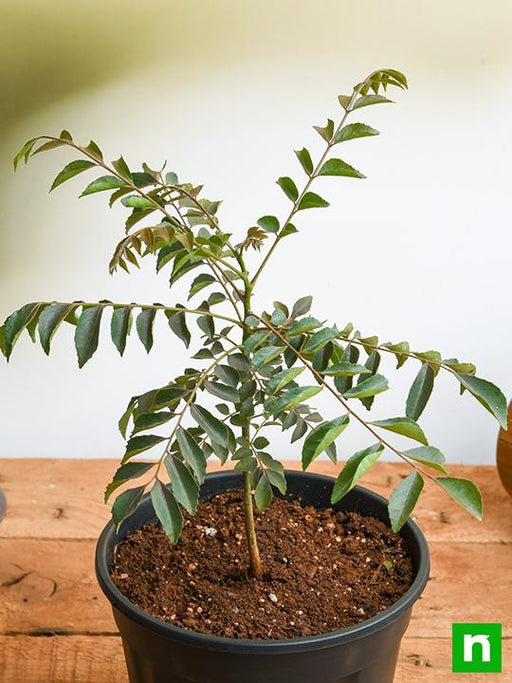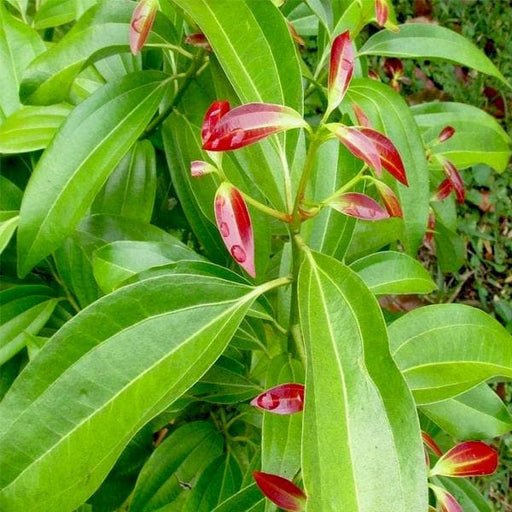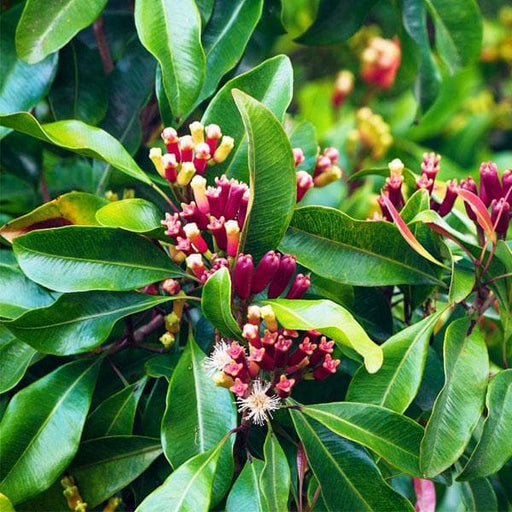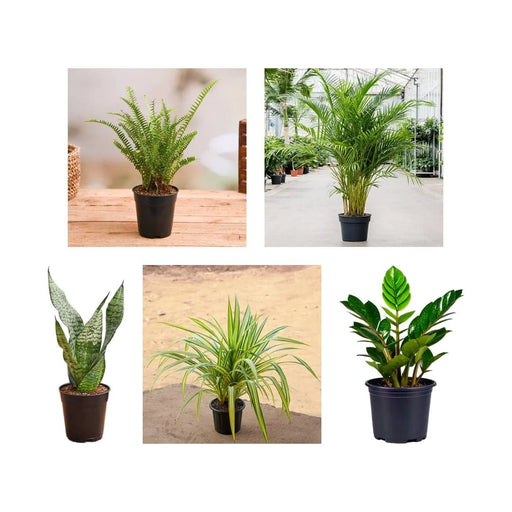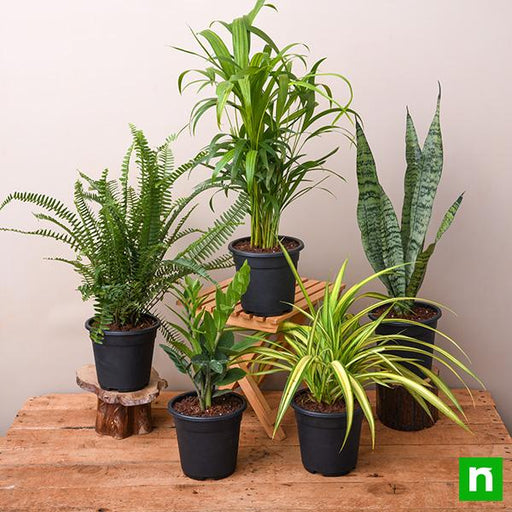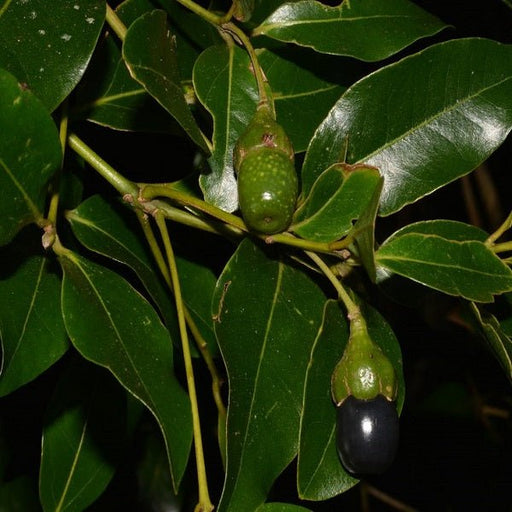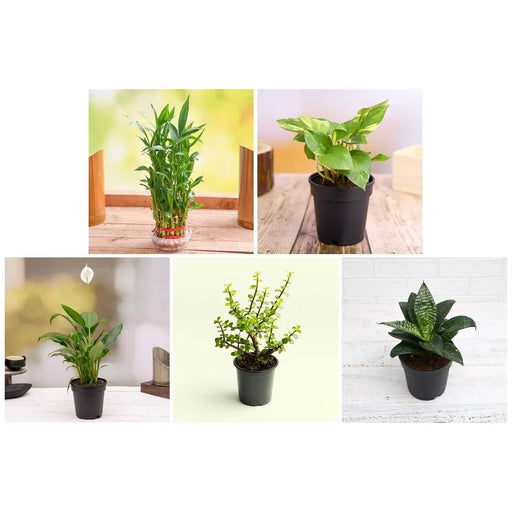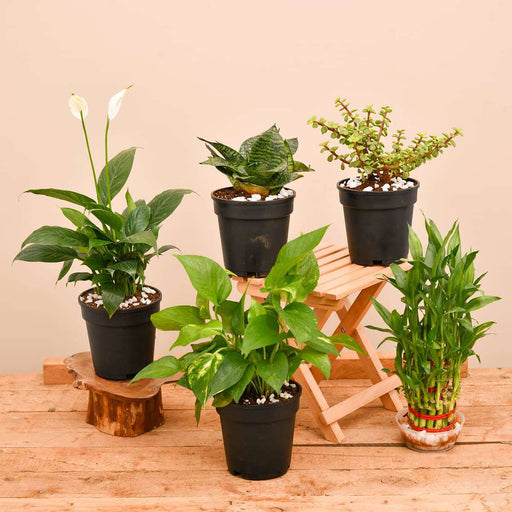Culinary Spices
Spice plants are the source of many culinary spices that add flavor and aroma to food. From basil to oregano, thyme to sage, each spice has its unique taste profile and health benefits. As a chef or home cook, you can experiment with different spice combinations to create mouth-watering dishes that leave a lasting impression on your guests.
Medicinal Herbs
Some spice plants are not only delicious but also have medicinal properties. For instance, ginger is known for its anti-inflammatory and digestive benefits, while turmeric is hailed as an antioxidant and anti-cancer agent. By incorporating these herbs into your diet or taking them as supplements, you can improve your overall health and wellbeing.
Aromatic Plants
Aroma plays a crucial role in the enjoyment of food and beverages. Many spice plants, such as cinnamon, cardamom, and vanilla, are prized for their delightful scent and flavor. Whether you're baking a cake or making a cup of tea, these aromatic plants can enhance the sensory experience and elevate your mood.
Herbal Tea
Tea lovers can explore a wide range of herbal teas made from spice plants. Whether you prefer a refreshing peppermint tea or a soothing chamomile tea, there's a flavor and aroma for every mood and occasion. Herbal teas are also caffeine-free and rich in antioxidants, making them a healthy alternative to regular tea or coffee.
Spice Mixes
Spice plants can be combined in various proportions to create flavorful spice blends for different cuisines. For example, garam masala is a popular spice mix in Indian cuisine, while za'atar is a staple in Middle Eastern cuisine. By creating your spice mixes, you can tailor the flavor and heat level to your liking and impress your guests with your culinary skills.
Organic Farming
Spice plants can be grown organically, without the use of synthetic fertilizers or pesticides. Organic farming is not only better for the environment but also produces healthier and more flavorful herbs and spices. As a consumer, you can support organic farmers by buying organic spices and spreading awareness about the benefits of organic farming.
Spice Trade
The spice trade has a long and fascinating history, dating back to ancient times. Spices such as pepper, cinnamon, and nutmeg were once rare and expensive commodities that were traded across continents. Today, the spice trade is still thriving, with countries such as India, Indonesia, and Vietnam being major producers and exporters of spices.
Spice Storage
To preserve the flavor and aroma of spice plants, it's essential to store them properly. Spices should be stored in airtight containers away from light, heat, and moisture. You can also label your spice jars and arrange them alphabetically for easy access and organization.
Culinary Herbs
In addition to spices, many herb plants are used in cooking for their aromatic and flavor properties. Herbs such as parsley, basil, and cilantro are commonly used in Mediterranean and Latin American cuisine to add freshness and color to dishes. By growing your herb garden, you can have a steady supply of fresh herbs at your fingertips.
Spice Infused Oils
Spice plants can be infused in oil to create flavorful and aromatic oils for cooking or salad dressings. For example, rosemary-infused olive oil is perfect for drizzling over roasted vegetables or dipping bread, while chili-infused oil adds a spicy kick to any dish. Infused oils are easy to make at home and make great gifts for foodies.
Spice Rubs
Spice rubs are dry blends of herbs and spices used to coat meats or fish before grilling or roasting. Rubs can add flavor and tenderness to the meat and create a crispy crust. Whether you're making a classic BBQ rub or a bold jerk seasoning, spice rubs are versatile and can be customized to your taste preferences.
Spice Blends for Health
Certain spice blends, such as curry powder, have been found to have health benefits. For instance, curry powder contains turmeric, which has anti-inflammatory and antioxidant properties. By incorporating spice blends into your diet, you can not only enhance the flavor of your food but also improve your health.
Spice Plants for Skin Care
Some spice plants, such as turmeric and saffron, have been used for centuries in traditional medicine and skincare. These herbs have antioxidant and anti-inflammatory properties that can help reduce inflammation and promote healthy, glowing skin. By using skincare products containing spice extracts, you can nourish your skin naturally.
Spice Plants for Home Remedies
Spice plants can also be used in home remedies for various ailments. For instance, ginger tea is known to relieve nausea, while cloves can help soothe toothaches. By exploring the medicinal properties of spice plants, you can create natural remedies for common health issues.
Spice Plants for Aromatherapy
Aromatherapy is a holistic healing practice that uses essential oils from plants, including spice plants, to promote physical and emotional wellbeing. Essential oils such as lavender, peppermint, and eucalyptus can help reduce stress, boost energy, and alleviate headaches. By diffusing essential oils or using them in massage, you can experience the therapeutic benefits of spice plants.
Spice Plants in History
Spice plants have played a significant role in human history and culture. Spices such as cinnamon, nutmeg, and cloves were once prized as luxury goods and were used as currency. The spice trade also led to the exploration and colonization of new lands. By learning about the history of spice plants, you can gain a deeper appreciation for their value and significance.
Spice Plants in Traditional Medicine
Many spice plants have been used for centuries in traditional medicine for their healing properties. Ayurveda, an ancient Indian healing system, uses herbs such as turmeric, ginger, and holy basil to treat various ailments. Traditional Chinese medicine also uses herbs such as ginseng and licorice for their medicinal properties. By exploring traditional medicine, you can discover new ways to incorporate spice plants into your wellness routine.
Spice Plants in Perfumery
The fragrance industry uses many spice plants in the creation of perfumes and colognes. Spices such as vanilla, cinnamon, and nutmeg can add warmth and depth to a fragrance. By experimenting with different essential oils and creating your perfume, you can create a signature scent that reflects your personality.
Spice Plants in Gardening
Spice plants can be grown in gardens, balconies, or even indoors in pots. Herbs such as mint, basil, and parsley are easy to grow and can add a touch of greenery to your living space. By starting a herb garden, you can enjoy fresh herbs and spices all year round.
Spice Plants in Cultural Festivals
Many cultural festivals around the world celebrate the diversity and richness of spice plants. For example, the Holi festival in India involves throwing colored powder, including turmeric, to celebrate the arrival of spring. The Oaxaca Chocolate Festival in Mexico celebrates the history and culture of chocolate, a spice made from the cacao plant. By attending cultural festivals, you can immerse yourself in the sights, sounds, and flavors of spice plants from different parts of the world.


